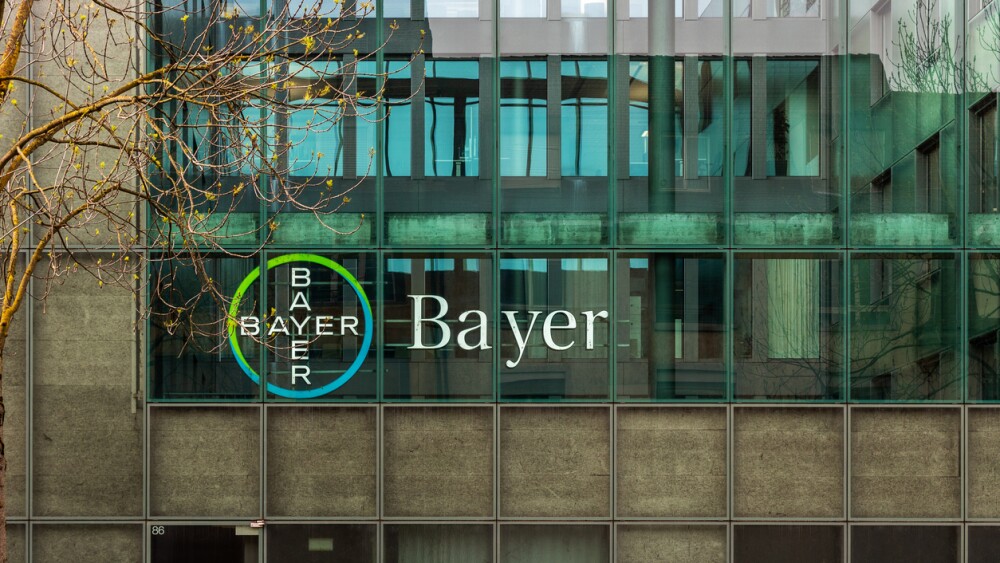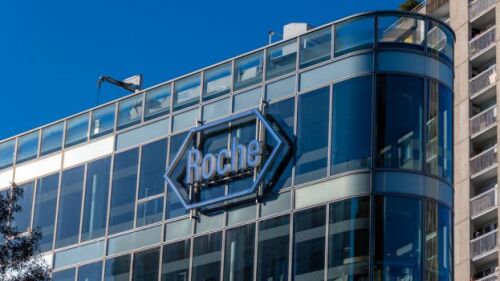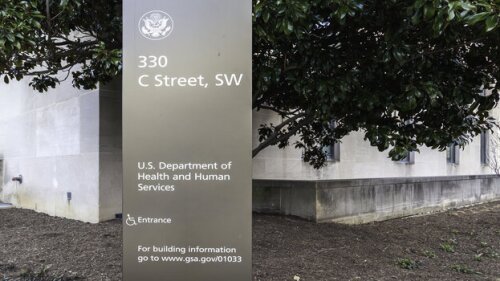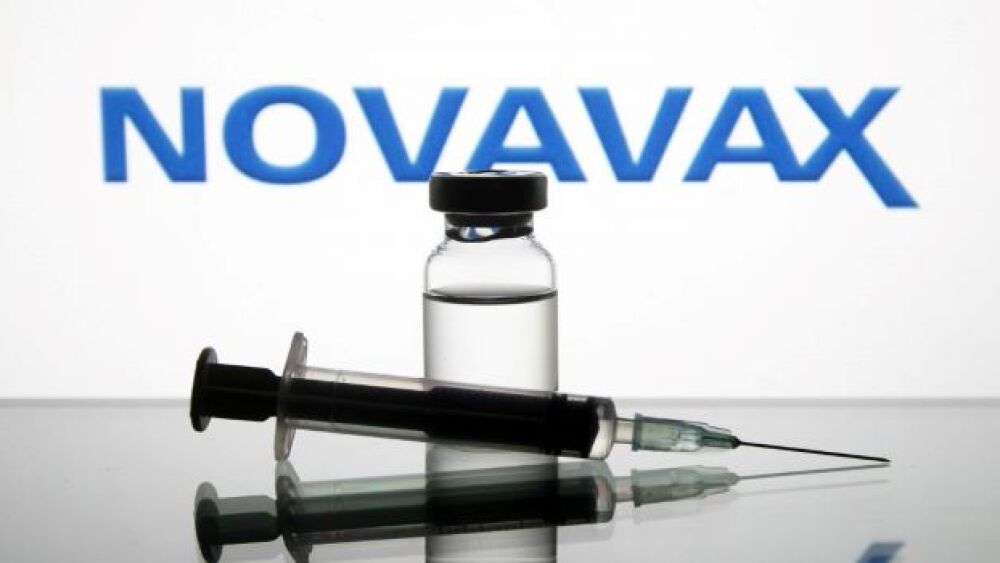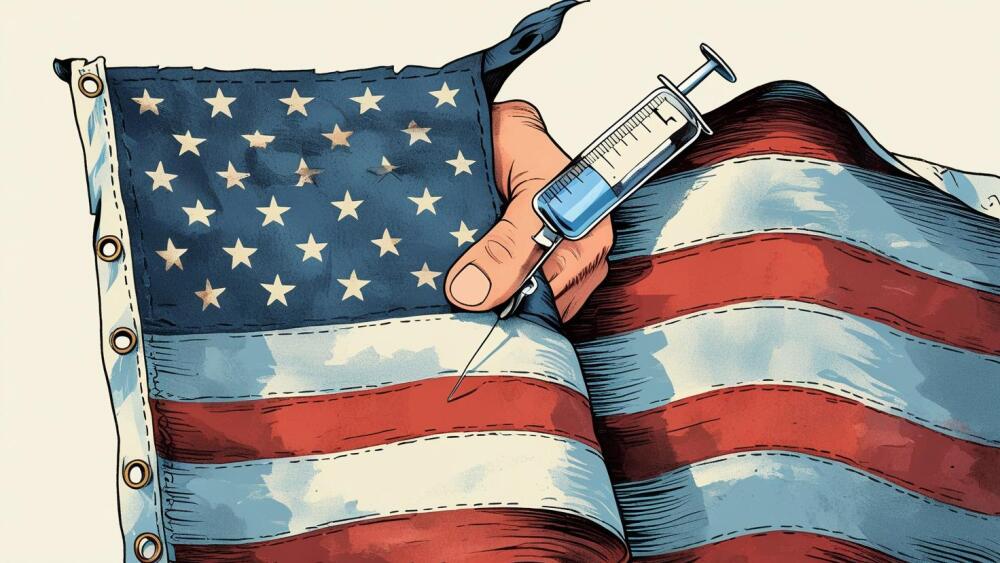News
Meanwhile, Bayer CEO Bill Anderson said Donald Trump’s Most Favored Nations policy could present an opportunity for European countries to make sure they are also funding their “fair share” of biopharma innovation.
FEATURED STORIES
As we reflect on five years of COVID-19, it’s clear that the impacts are still unfolding. The life sciences—and we as individuals—will never be the same again.
While drug developers work to mitigate the side effects associated with GLP-1–based obesity drugs, recent studies reveal that myriad variables are causing patients to stop treatment.
As sales of its COVID vaccine plummet, Novavax is looking ahead toward other novel vaccines, brought to market with the help of the company’s pharma partners—something it opted not to do as the pandemic swept the globe in 2020.
Job Trends
AstraZeneca is pleased to announce that Truqap™ in combination with fulvestrant is now available in Canada for the treatment of adult female patients with hormone receptor -positive, human epidermal growth factor receptor 2 -negative locally advanced or metastatic breast cancer with one or more PIK3CA, AKT1 or PTEN alterations following progression on at least one endocrine-based regimen in the metastatic setting or recurrence on or within 12 months of completing adjuvant therapy.
FROM OUR EDITORS
Read our takes on the biggest stories happening in the industry.
Vaccine skepticism is at an all-time high in the U.S., and HHS Secretary Robert F. Kennedy Jr. is making some drastic moves in the name of reversing that trend. But misinformation and inconsistencies within the country’s healthcare agencies highlight problems with his approach.
THE LATEST
Pfizer’s R&D organization has been in flux for almost two years now, since the $43 billion acquisition of ADC specialist Seagen. The new cuts were revealed in the company’s Q1 earnings report.
Major pharmaceutical companies are committing billions to US manufacturing in an effort to avoid steep tariffs threatened by President Donald Trump.
In a recent interview, FDA Commissioner Marty Makary said there “should be nothing political about the FDA.” Recent actions taken by HHS Secretary Robert F. Kennedy, Jr. and others within the department appear to be at odds with this sentiment.
Spruce Biosciences is cutting over half of its employees as it looks to secure accelerated approval of a Sanfilippo syndrome therapy it recently acquired from BioMarin.
Pfizer’s sasanlimab, when used with standard of care, reduced the likelihood of disease recurrence or progression, death due to any cause or persistence of cancer cells by 32% in patients with high-risk non-muscle invasive bladder cancer.
The targeted drug release device TAR-200 shows promising response and disease-free survival rates in specific populations of patients with non-muscle-invasive bladder cancer.
The FDA is currently reviewing Merck’s sBLA for Keytruda in head and neck cancer, with a target action date of June 23.
The transaction is expected to close in the second half of 2025. With the deal, Merck KGaA is adding to its rare disease and oncology pipelines.
With ivonescimab’s data coming solely from China, its prospects in the U.S., where Summit owns the rights, remain up in the air.
As tariffs, HHS workforce cuts and the ouster of CBER Director Peter Marks threaten the “lifeblood” of the cell and gene therapy space, experts express wariness over the unknowns and optimism that Marks’ legacy will carry on.

